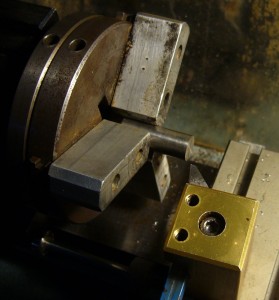Resharpenable Wood Saws
I have found another aspect of traditional woodworking to become slightly obsessive about: re-sharpenable hand saws. Up until a few decades ago, wood saws were made of spring steel and were nearly all intended to be re-sharpened many times over. A carpenter would buy a range of expensive high-quality saws as an apprentice/journeyman, learn how to maintain them, and use them throughout his career. Nowadays, with the possible exception of chainsaw chains and large expensive sawing machine blades, most people use cheap mass-produced hard-point saws that are intended to be thrown away when blunt. Hand saw sharpening has come to be regarded as something of a ‘lost art’.
Don’t get me wrong, the better brands of hardpoint saw intended for professional use aren’t bad – they are very sharp when new and last quite a while as long as you don’t try to cut anything especially abrasive. For the past few months my everyday general purpose hand saw has been a Bahco hardpoint that I pulled out of a skip – a kitchen fitter had chucked it away because it became a little dull after cutting some plastic-coated chipboard worktops.
I believe there are several advantages of re-sharpenable saws:
- The good vintage ones are just nicer to look at and use. Well balanced, comfortable, finely shaped hardwood handles. They were expensive items that were meant to last a lifetime.
- It’s possible to alter several aspects of tooth shape and set to suit different types of wood.
- It’s cheaper in the long run. OK they are more expensive to begin with and you have to occasionally spend a few quid on a new sharpening file, but over the years the cost of all those disposable saws is going to add up.
- Related to the previous point, you never need to make that awkward choice that I have faced many times in the past between driving into town and spending £15-£20 on a new saw or continuing to make do with the dull one you’ve already got. Just get out the triangular file and spend ten minutes touching up the teeth.
- How environmentally wasteful is it to keep throwing away complete saws just because the edges of the teeth have become slightly rounded?
The main disadvantages are that you have to learn a new skill (not that difficult, it turns out), and because the steel is softer you have to sharpen them more often than you would need to replace a disposable saw.
Got to get to work now, but later on I’ll write a post about my first experience with re-sharpening a hand saw.







